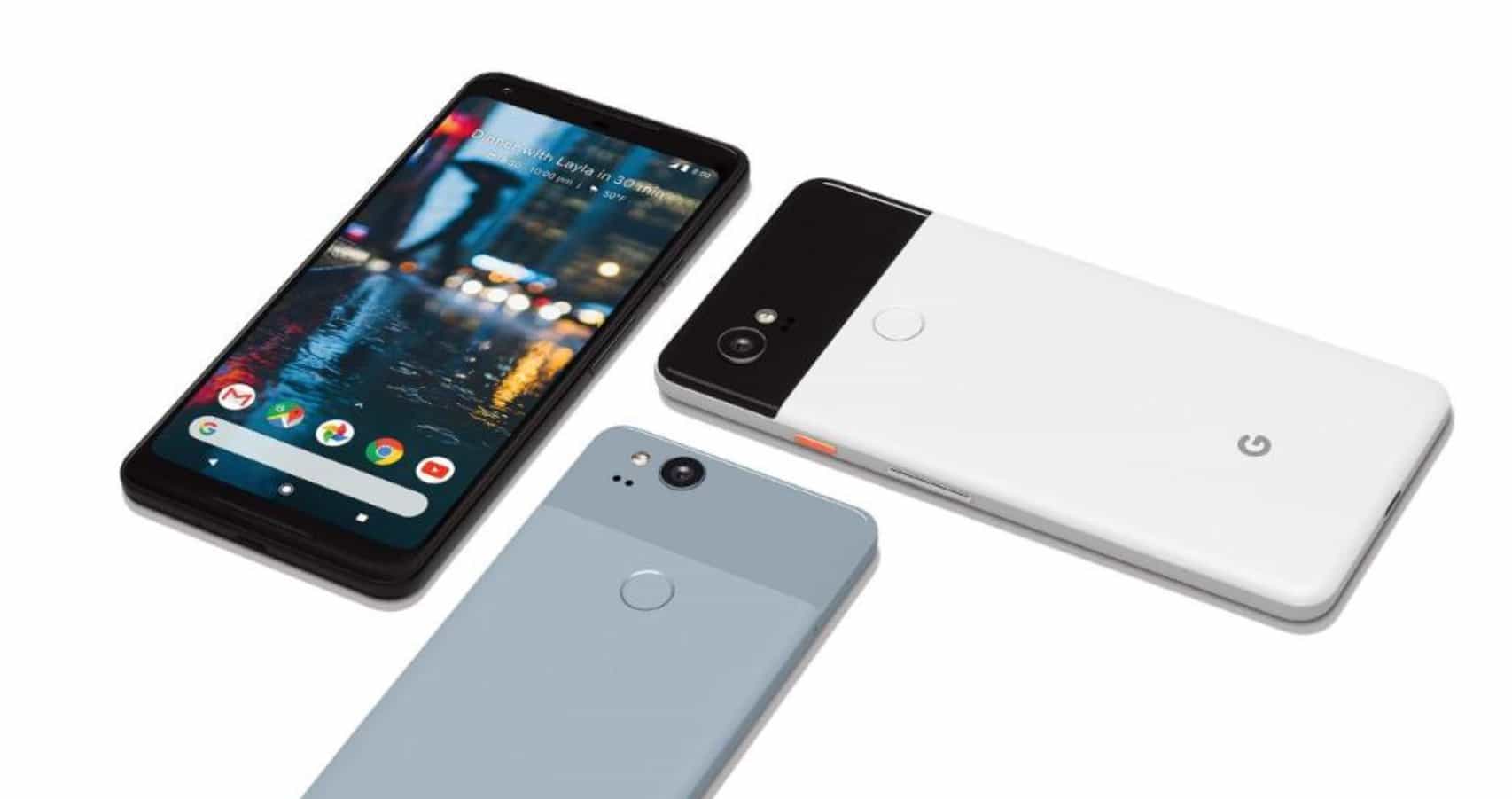Google’s new Pixel 2 and Pixel 2 XL might be a little disappointing to some Android fans, but they’re still stellar smartphones. Both sport attractive designs that pack the best hardware available, including excellent cameras, and the speedy Snapdragon 835 chipset.
But can they convince iPhone fans to jump ship? Here’s how the new Pixel lineup compares to iPhone 8 and the upcoming iPhone X.
The original Pixel lineup was the first Google smartphone family properly aimed at consumers, so Google went all out to deliver a great experience. We got great hardware, an excellent camera, and its latest software.
The Pixel 2 takes that one step further. The hardware is even better, and water-resistant. The camera is the best smartphone camera ever tested by DxOMark. The displays have been improved, and now offer always-on technology. They have super-fast charging.
But at a time when edge-to-edge displays are the hottest feature in the mobile industry, the Pixel 2 lineup could do more to convince iPhone fans that they shouldn’t buy the iPhone X. Here’s how it compares to Apple’s latest offerings.
Pixel 2 vs. iPhone
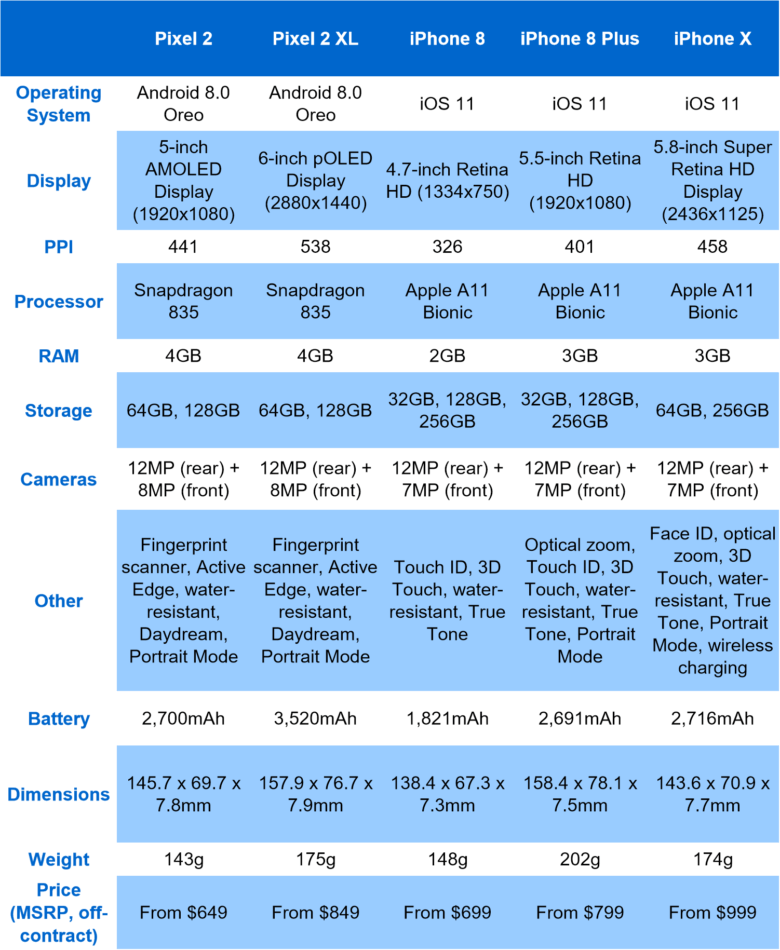
Table: Cult of Mac
Displays
Apple’s LCD displays continue to impress, but they can’t compete with the OLED displays offered by iPhone X and the Pixel 2 lineup. Not only do they look better, but they’re more efficient, which means they won’t sap quite as much battery life.
If it’s a super-sharp resolution you’re looking for, you’ll probably want to avoid iPhone 8, which maintains the disappointing 1334×750 resolution Apple has been pushing for years. iPhone 8 Plus offers the same Full HD resolution as the Pixel 2, and that’s good enough for most.
iPhone X has the sharpest display ever used in an iPhone, with 458 pixels-per-inch. But the Pixel 2 XL is better still, with a Quad HD+ resolution that results in a whopping 538 ppi.
Sadly, Google missed the memo about edge-to-edge displays, so if you’re after one of those, you’ll be sorely disappointed. The Pixel 2 is packing the same bulky bezels you’ve come to expect from Pixel devices, though they have been reduced on the Pixel 2 XL.
iPhone X does offer an edge-to-edge display, of course, but you’ll be paying at least $999 to get your hands on it. If that’s too much, and this is a feature you must have, you’ll have to take your hard-earned cash elsewhere.
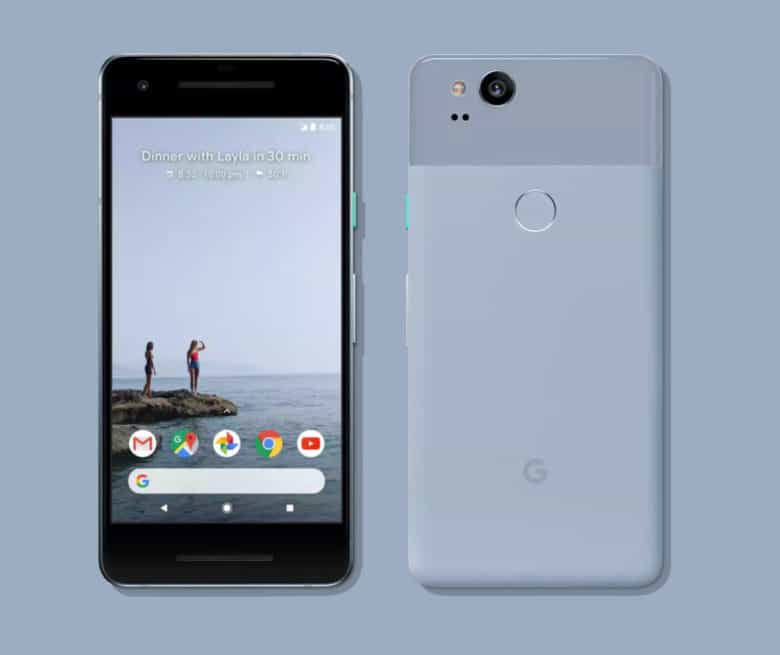
Photo: Google
Performance
The Pixel 2 lineup packs the same Snapdragon 835 processor found in other flagships like the Galaxy S8 and the OnePlus 5. We know it’s an incredibly strong performer, and coupled with 4GB of RAM, it’s going to provide a smooth experience no matter what you do.
But it won’t match the tremendous performance of the A11 Bionic chip found in iPhone 8 and iPhone X. It boasts a CPU that’s up to 70 percent faster than that in the A10 Fusion — which is still blazing-fast — and a GPU that’s up to 30 percent faster.
Despite being coupled with less RAM, the A11 outperforms even laptops and tablets in benchmark tests. It’s also even more efficient than its predecessor, with four low-power cores that are kind on battery life. It proves, once again, that Apple chip design is second to none.
But this isn’t an area that you should focus on too heavily. These days, any high-end smartphone — no matter what it scores in benchmarks — is going to deliver a snappy experience, whether you’re browsing the web, taking lots of pictures, or playing games.
Cameras
iPhone cameras have always been impressive, but Apple raised the bar even further with iPhone 8. It takes greater photos and videos, with improvements in low light performance, 4K video recording, and slo-mo shooting.
But, according to the experts at DxOMark, the Pixel 2 is even better. With a score of 98, it’s the highest-rated smartphone camera they’ve ever tested. It is praised for its wide dynamic range in all lighting conditions, excellent autofocus, and good detail preservation.
Google also sweetens the deal for Pixel 2 customers by offering free and unlimited Google Photos storage. And that’s for original photos at full size and 4K video — not compressed versions.
In comparison, DxO gave the iPhone 8 a score of 92, while iPhone 8 Plus scored 94. iPhone X is yet to be tested because it won’t hit the market until November 3.
Whichever handset you choose, then, you’re going to get a great camera experience.
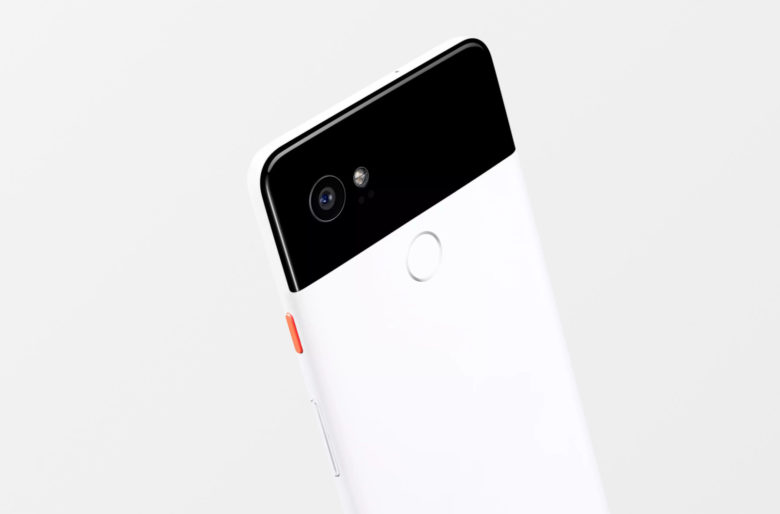
Photo: Google
Security
Apple is revolutionizing mobile security again with iPhone X and the introduction of Face ID. The company says it is its strongest security yet, with a 1 in 1 million chance that a random person could unlock your device with their face.
To put that figure in perspective, there’s a 1 in 50,000 chance that a random person could unlock your phone using its fingerprint scanner. And unlike Face ID, fingerprint scanners don’t work when you’re wearing gloves or your hands are wet.
What makes iPhone X even more impressive is that it works even in the dark, and when you’re wearing hats and glasses. It also adapts to changes in your appearance over time, so you don’t have to set it up again because you grew a beard or woke up with more wrinkles.
But fingerprint scanners are still the primary choice for most smartphone users. And if you’d prefer to stick with that option, you’ll find it in iPhone 8 and the Pixel 2.
Software
Google’s newest Pixel devices ship with its latest Android 8.0 Oreo software pre-installed, and the company promises they will always be up-to-date (until they’re too old to update). They’ll get Android updates before any other phone, and security patches for up to three years.
If you’re into Android, Pixel devices offer the best experience. You get pure software as Google intended it, without third-party tweaks and integrations that can bog down performance.
But no one does smartphone software like Apple. iOS updates roll out to everyone the day they’re released, regardless of your carrier, and you’ll get support for a lot longer than three years. You’re also more likely to enjoy a smoother, more secure experience.
But when it comes to choosing software, only you can decide which is best. Both platforms are excellent, and you should establish which one’s best for you before you even consider which handset you should spend your money on.
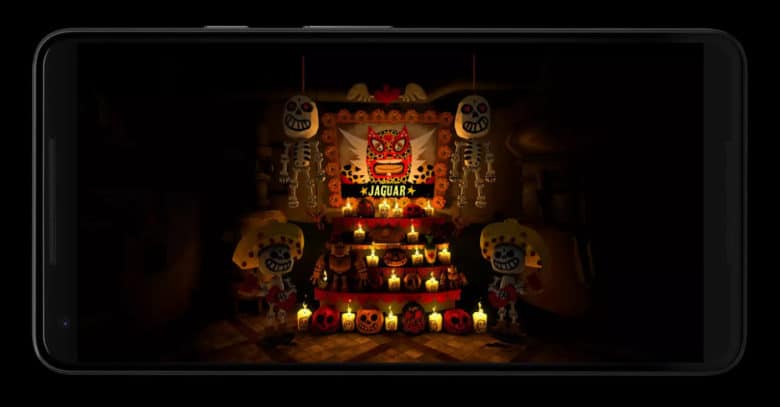
Photo: Google
The bottom line
iPhone X is by far the most impressive smartphone in this comparison, and if you have the cash, you should definitely hold out until pre-orders go live on October 27. If you’re impatient and you choose something else, you’ll regret it later.
The Pixel 2 lineup is a nice improvement over the original Pixels, but it’s not perfect. Fans were hoping for more spectacular designs. There are much prettier Android devices out there right now, and some now cost a lot less.
With that in mind, we’d recommend shopping elsewhere if you can live with a third-party software experience.
And when it comes to iPhone 8, as we noted in previous comparisons, it should be avoided. Almost exactly the same experience can be had with iPhone 7 — which now costs a lot less — and features like wireless charging and a faster processor don’t make up for the price hike.
